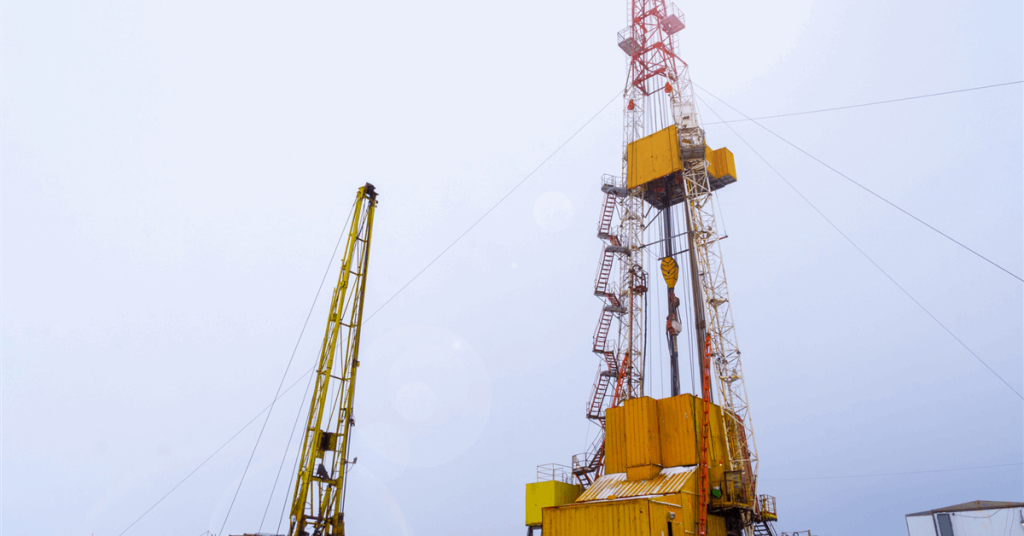Permian Resources Corp. has signed a deal to buy New Mexico acreage with an expected second-quarter production of about 12,000 barrels of oil equivalent a day from APA Corp. for $608 million.
The agreement will give the Midland, Texas-based oil and gas developer 13,320 net acres and 8,700 net royalty acres in the northern part of the Delaware Basin, a Permian sub-basin. The acreage would contribute over 100 gross operated locations stretching 2 miles that “immediately compete for capital”, Permian Resources said in its quarterly report. Closure is expected by next month.
“The acquired acreage is over 65 percent operated and has an average 8/8ths net revenue interest of approximately 83 percent”, the company added. “The acquisition is expected to be accretive to all key per-share metrics”.
“The bolt-on acquisition meets and exceeds Permian Resources’ acquisition criteria for growing its high-return and low-breakeven inventory… The acquired inventory scheduled for development over the near-term achieves an average breakeven of $30 per barrel WTI [West Texas Intermediate]”, it said. “The asset’s shallow base decline and high-return inventory drive a low reinvestment rate of approximately 35 percent, which supports the long-term accretion of the acquisition”.
“Additionally, the acquired properties include high-quality non-operated acreage adjacent to and surrounding Permian Resources’ current position”, Permian Resources said. “Utilizing its highly effective ground game, the Company plans to leverage this acreage to trade for incremental interests in existing operated units or establish new operating units”.
Permian Resources co-chief executive James Walter commented, “We continue to grow our high-return inventory, our net royalty acre portfolio and our acreage footprint in a cost-efficient manner that reflects the current environment. Our overarching goal is to drive long-term value for our investors, and we believe the addition of high-quality assets adjacent to our core position, acquired during a lower commodity price environment, will further enhance short and long-term returns for investors”.
Notwithstanding the purchase, Permian Resource is keeping its output projection for 2025 at 360,000-380,000 boed including 170,000-175,000 bpd of oil. Capital expenditure guidance, however, has been reduced 3 percent at the mid-point to $1.9 billion to $2 billion. Production forecast being maintained while that of capex reduced was due to activity slowdown, it said.
In the first quarter (Q1) of 2025, production averaged over 373,200 boed, up from about 319,500 boed in the first quarter of 2024. Oil, natural gas, and natural gas liquids all rose to, respectively, nearly 175,000 bpd, nearly 673.4 million cubic feet per day and more than 86,000 bpd.
Production during the January-March 2025 period also marks a 2 percent growth from the prior three-month period. “Oil outperformance was driven by continued strong execution, in particular from production optimization and well performance on assets acquired in 2024”, Permian Resources said of the sequential increase. “The additional outperformance in natural gas production was primarily a result of higher ethane rejection during the quarter”.
Against the backdrop of a mixed price environment, liquid and gas sales revenue climbed from $1.24 billion for Q1 2024 to $1.38 billion for Q1 2025.
Net profit attributable to shareholders came at $329.3 million, up from $146.58 million for Q1 2024. Earnings per share landed at $0.44 diluted and $0.47 basic.
Operating activities generated $898 million in net cash. Adjusted operating cash flow was $961 million while adjusted free cash flow was $460 million.
Permian Resources’ board declared a Q2 2025 base dividend of $0.15 per share, the same as the previous but represents an annualized yield of $0.6 per share.
The company added, “Subsequent to quarter-end, Permian Resources took advantage of heightened market volatility to opportunistically repurchase its shares in the open market”. As part of a $1 billion buyback package, it redeemed 4.1 million shares for $43 million in April.
To contact the author, email jov.onsat@rigzone.com
element
var scriptTag = document.createElement(‘script’);
scriptTag.src = url;
scriptTag.async = true;
scriptTag.onload = implementationCode;
scriptTag.onreadystatechange = implementationCode;
location.appendChild(scriptTag);
};
var div = document.getElementById(‘rigzonelogo’);
div.innerHTML += ” +
‘‘ +
”;
var initJobSearch = function () {
//console.log(“call back”);
}
var addMetaPixel = function () {
if (-1 > -1 || -1 > -1) {
/*Meta Pixel Code*/
!function(f,b,e,v,n,t,s)
{if(f.fbq)return;n=f.fbq=function(){n.callMethod?
n.callMethod.apply(n,arguments):n.queue.push(arguments)};
if(!f._fbq)f._fbq=n;n.push=n;n.loaded=!0;n.version=’2.0′;
n.queue=[];t=b.createElement(e);t.async=!0;
t.src=v;s=b.getElementsByTagName(e)[0];
s.parentNode.insertBefore(t,s)}(window, document,’script’,
‘https://connect.facebook.net/en_US/fbevents.js’);
fbq(‘init’, ‘1517407191885185’);
fbq(‘track’, ‘PageView’);
/*End Meta Pixel Code*/
} else if (0 > -1 && 90 > -1)
{
/*Meta Pixel Code*/
!function(f,b,e,v,n,t,s)
{if(f.fbq)return;n=f.fbq=function(){n.callMethod?
n.callMethod.apply(n,arguments):n.queue.push(arguments)};
if(!f._fbq)f._fbq=n;n.push=n;n.loaded=!0;n.version=’2.0′;
n.queue=[];t=b.createElement(e);t.async=!0;
t.src=v;s=b.getElementsByTagName(e)[0];
s.parentNode.insertBefore(t,s)}(window, document,’script’,
‘https://connect.facebook.net/en_US/fbevents.js’);
fbq(‘init’, ‘1517407191885185’);
fbq(‘track’, ‘PageView’);
/*End Meta Pixel Code*/
}
}
// function gtmFunctionForLayout()
// {
//loadJS(“https://www.googletagmanager.com/gtag/js?id=G-K6ZDLWV6VX”, initJobSearch, document.body);
//}
// window.onload = (e => {
// setTimeout(
// function () {
// document.addEventListener(“DOMContentLoaded”, function () {
// // Select all anchor elements with class ‘ui-tabs-anchor’
// const anchors = document.querySelectorAll(‘a .ui-tabs-anchor’);
// // Loop through each anchor and remove the role attribute if it is set to “presentation”
// anchors.forEach(anchor => {
// if (anchor.getAttribute(‘role’) === ‘presentation’) {
// anchor.removeAttribute(‘role’);
// }
// });
// });
// }
// , 200);
//});

